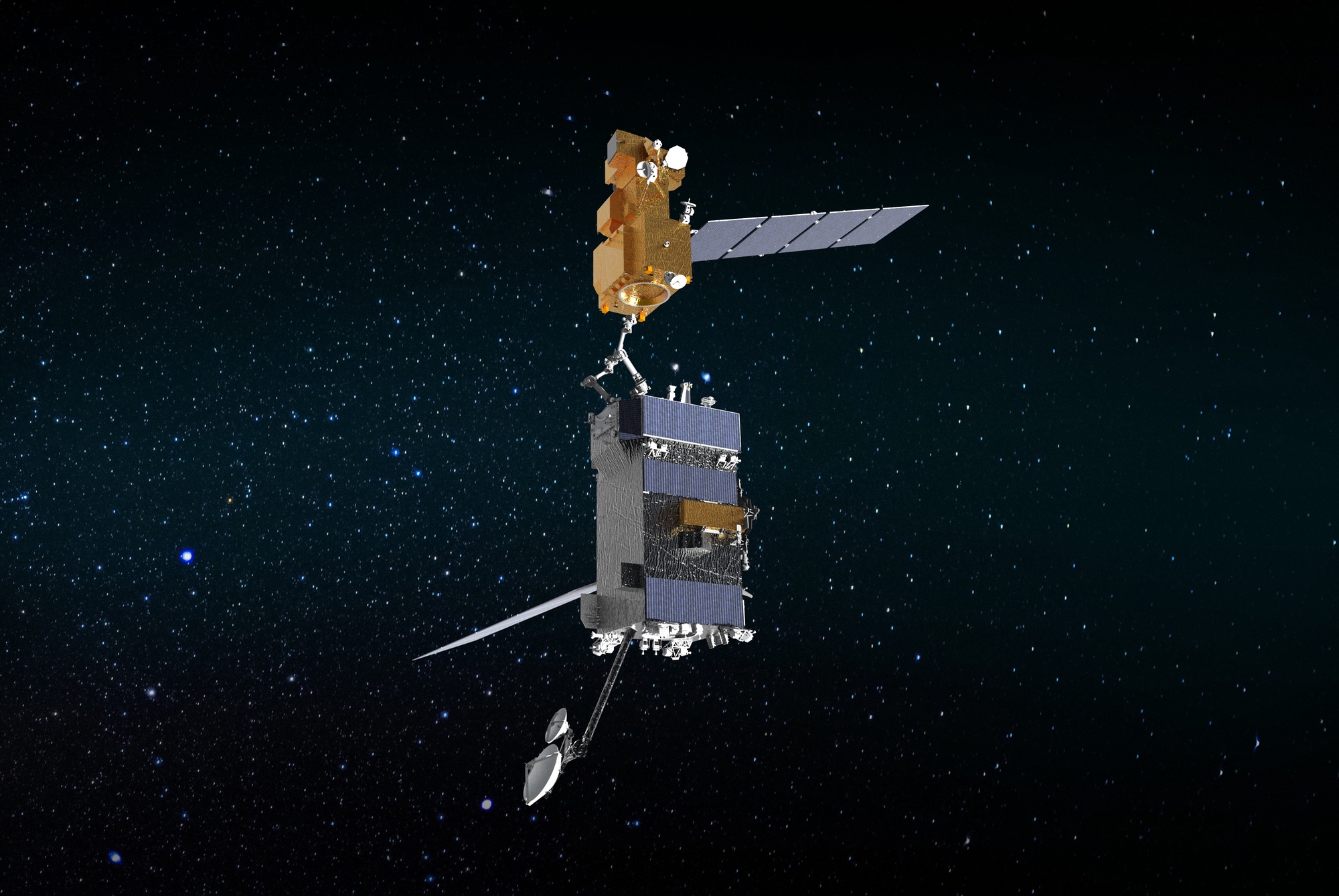WASHINGTON — A Senate appropriations bill closely follows the administration’s request for NASA in fiscal year 2025 but with provisions about several missions the agency is seeking to cancel or curtail.
The Senate Appropriations Committee released the commerce, justice and science (CJS) appropriations bill and report July 26, one day after the full committee favorably reported it on a 26–3 vote. The bill offers $25.434 billion for NASA, $50 million above the administration’s request. A House bill, by contrast, cut $205 million from the request.
The bill increases exploration funding by $30 million above the request and for science and space operations by $10 million each. All other accounts were funded at the requested level.
The leaders of the CJS subcommittee, Sens. Jeanne Shaheen (D-N.H.) and Jerry Moran (R-Kan.), only briefly mentioned the NASA portion of the overall bill in their remarks at the markup. At the Farnborough International Airshow July 22, Shaheen and Moran noted they had increased funding for NASA in the bill with a particular emphasis on protecting Artemis.
While the bill broadly supports the administration’s request, it does criticize some decisions by NASA to cancel or cut missions. That includes the On-Orbit Servicing, Assembly and Manufacturing (OSAM) 1 mission to demonstrate satellite servicing technologies that NASA announced in March its intent to cancel. NASA requested $11 million for OSAM-1 in 2025 to close out the project.
The Senate report, though, directs NASA to spend up to $174.5 million on OSAM-1 in 2025, pending a report requested by the 2024 appropriations bill on how the mission can meet a 2026 launch. The Senate language seeks a new report not later than 30 days after the final bill is enacted on those plans, as well as the potential for cost-sharing with the Defense Department and use of the spacecraft in an extended mission for national security or commercial applications.
In science, Senate appropriators criticized the agency’s proposed cuts in heliophysics. “The Committee is frustrated by NASA’s proposal to once again reduce Heliophysics funding, especially with the forthcoming release of the next NAS Decadal Survey for Solar and Space Physics [Heliophysics] later this year,” a reference to the upcoming decadal survey by the National Academy of Sciences. The report adds $25 million to heliophysics.
That criticism extends to NASA’s plans to cancel the Geospace Dynamics Constellation (GDC) mission, a top priority of the previous heliophysics decadal. The report stated that appropriators are still waiting for NASA to describe how GDC could be launched by the end of the decade, as requested by the 2024 appropriations bill. The report would provide $15 million for GDC and ask NASA to examine how to fly the mission as “a partnership with industry or a mission of opportunity.”
In Earth science, the report called on NASA to find new opportunities to fly GeoCarb, a greenhouse bas monitoring hosted payload that NASA announced in November 2022 it would cancel because of cost overruns and a lack of commercial geostationary orbit satellites able to host the payload. “The Committee is supportive of NASA continuing to work with the commercial satellite industry to find a compatible host for the GeoCarb instrument,” the report stated, asking NASA to allow the team to continue final work on the instrument.
The report also addressed proposals by NASA to cut the budgets of the Chandra X-Ray Observatory and Hubble Space Telescope. The report directs NASA to spend at least $98.3 million on Hubble and up to $72.1 million on Chandra, similar to the budgets for those missions in recent years, emphasizing the ability of the telescopes to work in conjunction with the James Webb Space Telescope.
“The Committee recognizes that both Hubble and Chandra continue to make transformative discoveries and provide key capabilities that augment and complement the JWST and help secure U.S. leadership in space and science,” the report states, “but will eventually need to be decommissioned as their capabilities degrade and resources are prioritized to other observatories.”
The report does not mention the Volatiles Investigating Polar Exploration Rover (VIPER) lunar rover mission that NASA announced July 17 it would cancel because of cost growth. Scientists have strongly criticized the decision, noting that the rover is effectively complete and that other missions cannot do the science planned for VIPER to investigate lunar ice deposits.
One senator, though, did mention VIPER at the markup. “I’m very disappointed in the recent NASA decision to cancel the VIPER rover at NASA. This mission would be a major advancement for Artemis,” said Sen. Shelley Moore Capito (R-W.V.) in brief remarks. She did not ask the committee to take action on VIPER but requested that the leadership of the CJS subcommittee to work with her on “ways to repurpose the lander portion of this mission to advance moon-to-Mars objectives.”
“The mission directly supports the national imperative for continued U.S. leadership in science and exploration in the face of urgent geopolitical competition,” she added.
Related
Read the original article here
